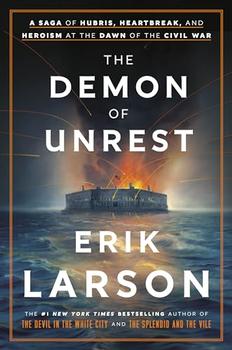 In Nathan Hill's novel Wellness, protagonist Jack is from the Kansas prairie, where his father was an expert at managing prairie fires. Prairie fires may look terrifying and unwieldy, but in fact they are often purposeful and controlled, and play a critical role in maintaining healthy ecosystems. In much of North America, prairies were historically sustained through regular, intentional fires by Native people.
In Nathan Hill's novel Wellness, protagonist Jack is from the Kansas prairie, where his father was an expert at managing prairie fires. Prairie fires may look terrifying and unwieldy, but in fact they are often purposeful and controlled, and play a critical role in maintaining healthy ecosystems. In much of North America, prairies were historically sustained through regular, intentional fires by Native people.
There are a few different but related reasons that fire is so effective for maintaining prairie land. Crucially, fire stops the spread of trees and other woody vegetation by burning saplings before they mature enough to disperse seeds. If those saplings get too big, they steal sunlight and water from the prairie plants underneath—which is the stuff animals actually want to graze on—and that grassland can easily turn into forest. Because so much of the grassland plant biomass is underground, it remains safe from the fire. A rangeland ecologist puts it this way: ...

 Book Reviewed by:
Book Reviewed by:






